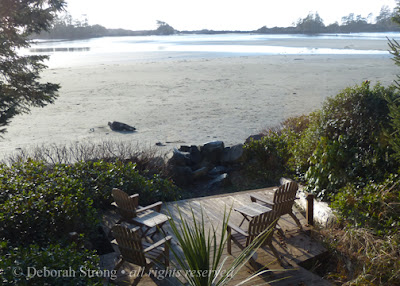 |
| Barred owl (coloured pencil) |
 |
| Short-eared owl (coloured pencil) |
 |
| Great horned owl (coloured pencil) |
That's why when I heard that the Northern Spotted Owl Breeding Program was opening its doors to public visits, I jumped at the chance. I never expected I'd ever see one of these elusive birds. After all, in BC they are critically endangered to the point where there might be a dozen of them still existing in the wild, and to the south US populations are also under severe threat.
This program's mission is to re-establish a viable wild population in BC by breeding owls in captivity, rearing and then releasing the offspring into protected habitat that's been set aside for them. It's slow going for a number of reasons, primarily that nobody ever tried to do this before so there's been a lot to learn. The staff, whose enthusiasm and level of commitment for their work is nothing short of awe-inspiring, are confident that the program will yield significant results soon. They've learned a lot over the past years of the program and with 17 of the precious birds on site, some of whom are now second generation, they're convinced that the steady production of releasable owl-lets can't be far off.
Spotted owls are medium-sized as owls go (smaller than I expected) with softly speckled brown plumage, deep dark eyes and a quiet demeanor. As visitors, we were allowed to see and photograph this handsome retiree from the breeding program.
However, deforestation is only one of the primary threats to these owls' existence. Despite thousands of protected acres allocated as owl habitat in southwestern BC, their numbers continue to decline. A big problem is this alien invader:
I admit that I love barred owls (even after watching this one rip a thankfully-already-dead mouse to pieces). I hear them hooting softly in the trees at night and they're the species I see most often. But there's a reason for that: they are opportunists who eat anything they can catch, breed readily, and are basically great at adapting to whatever circumstances come their way. They have gradually spread across the continent, taking advantage of human development, and have over-run what used to be northern spotted owl territory. They look a bit like spotted owls but they're bigger and far more aggressive. They are an invasive species that the spotted owls cannot combat and their take-over is almost complete.
Without human intervention, the northern spotted owl will disappear from our forests forever. Barred owls are now captured when they invade spotted owl territories and are moved elsewhere. The tiny population of aging wild northern spotted owls will (fingers crossed) soon be bolstered by the release of captive-bred youngsters.
There is hope we won't lose this shy predator to the alien occupation - the first wave being the humans who cut down most of their forests, followed by the interloping barred owls who arrived in our wake and stole what remained. It's ironic that it's now up to us to save them.
To find out more about the Northern Spotted Owl Breeding Program visit their Facebook Page: https://www.facebook.com/nsobreedingprogram/?hc_ref=SEARCH&fref=nf












